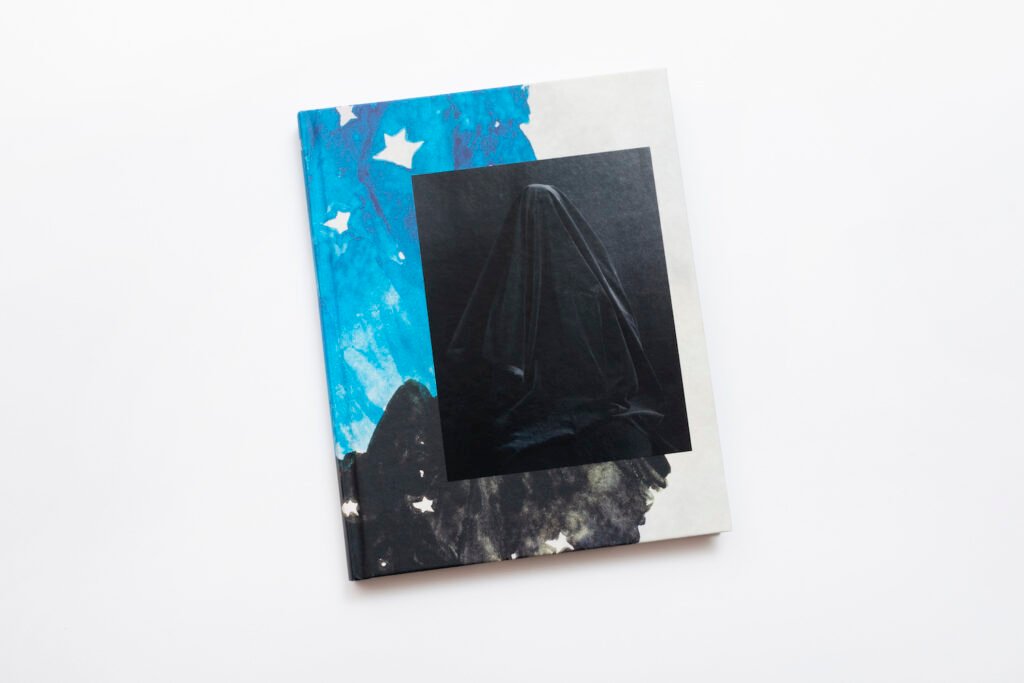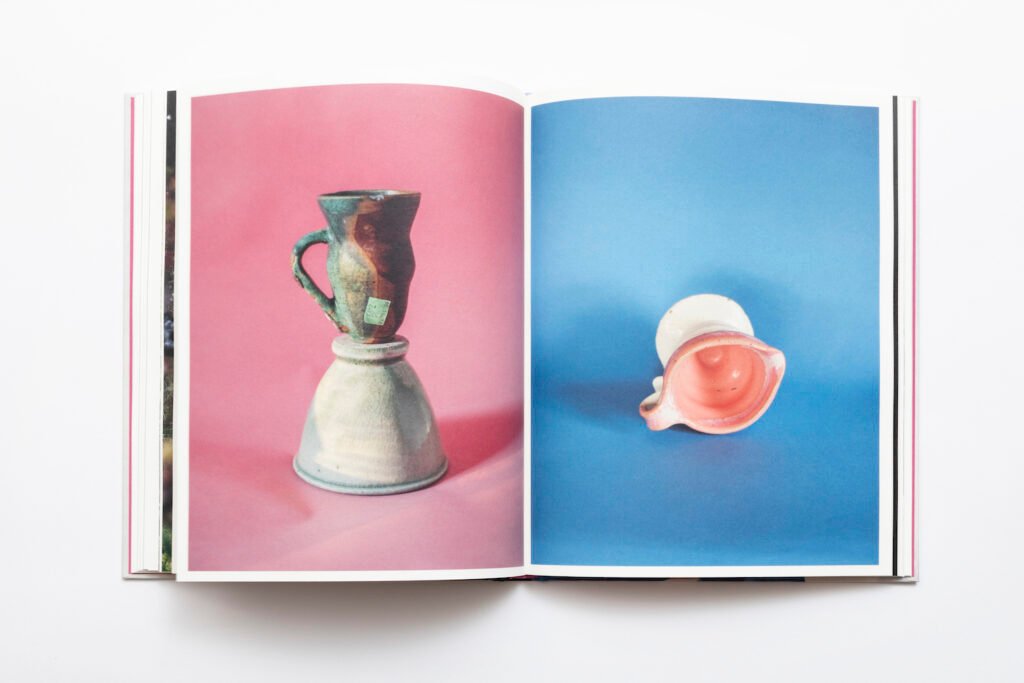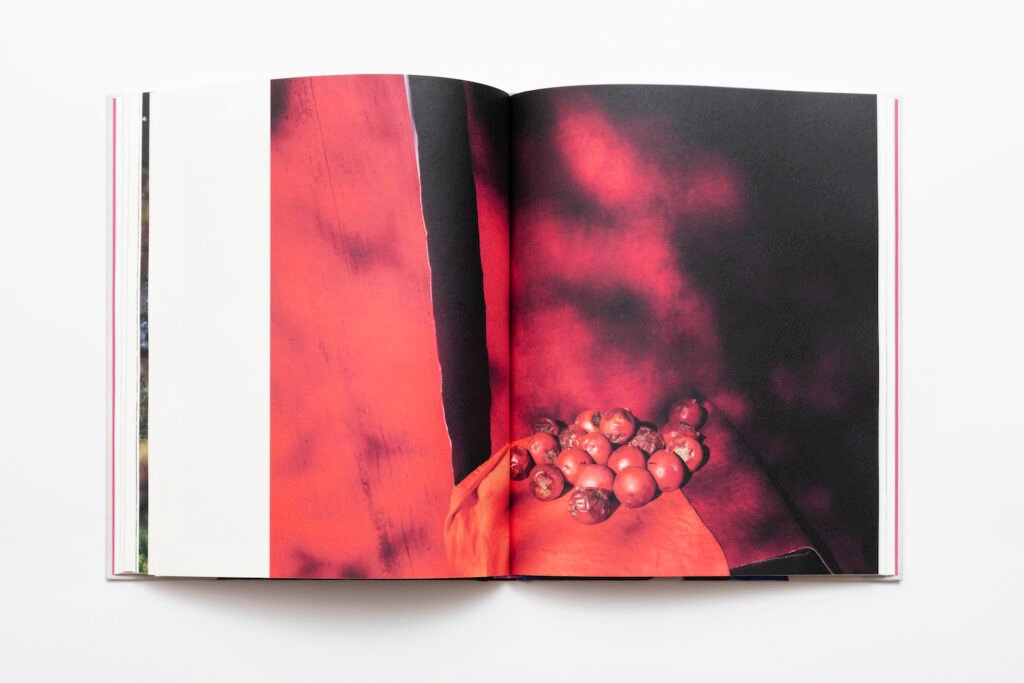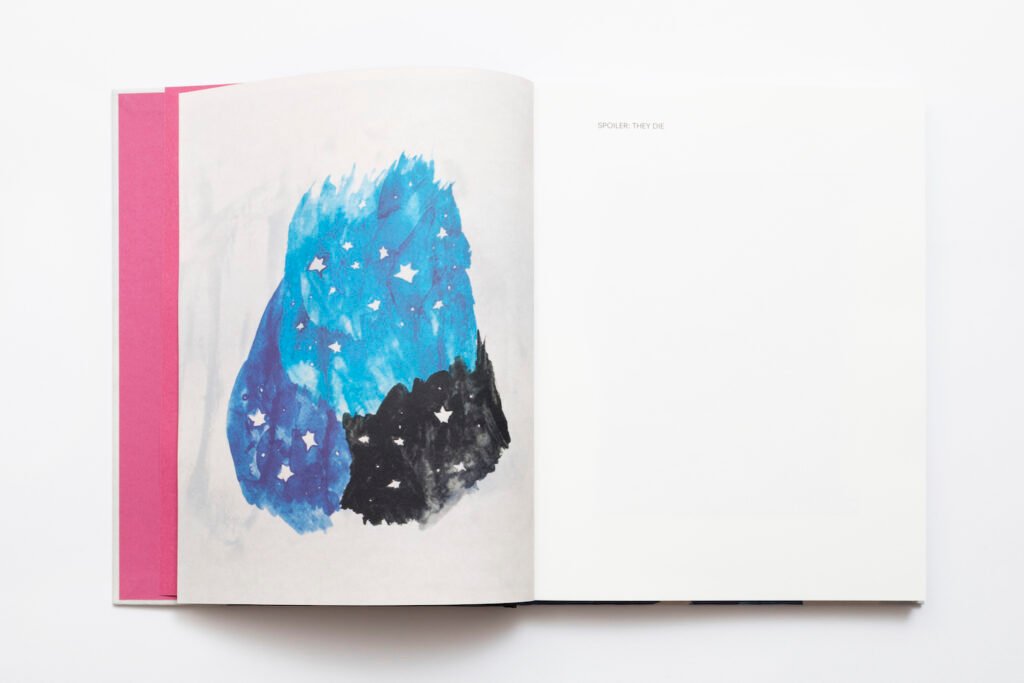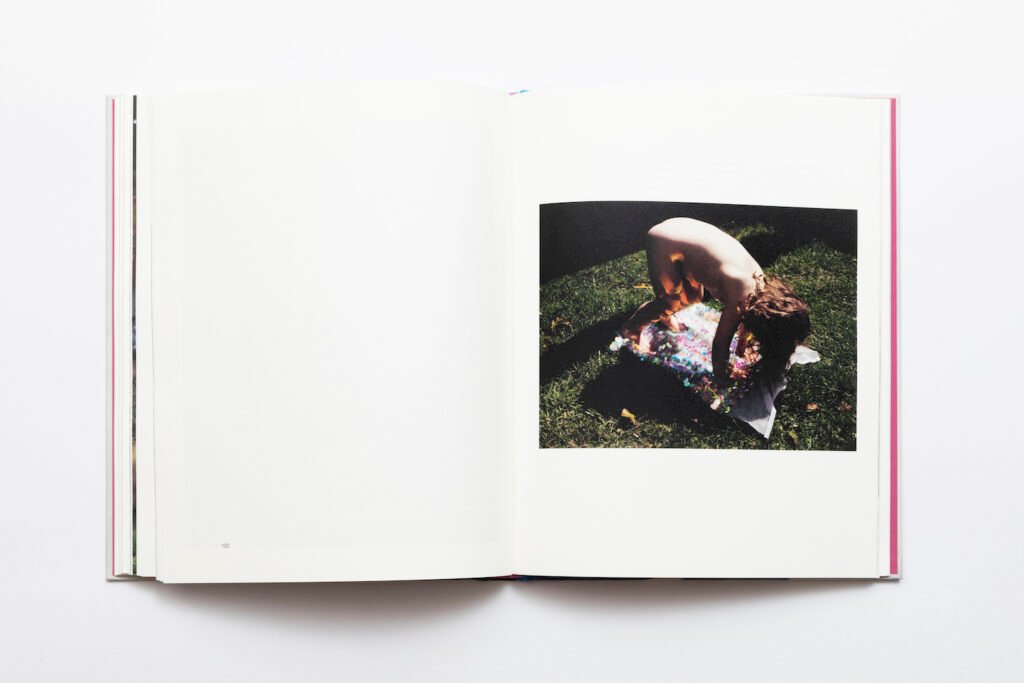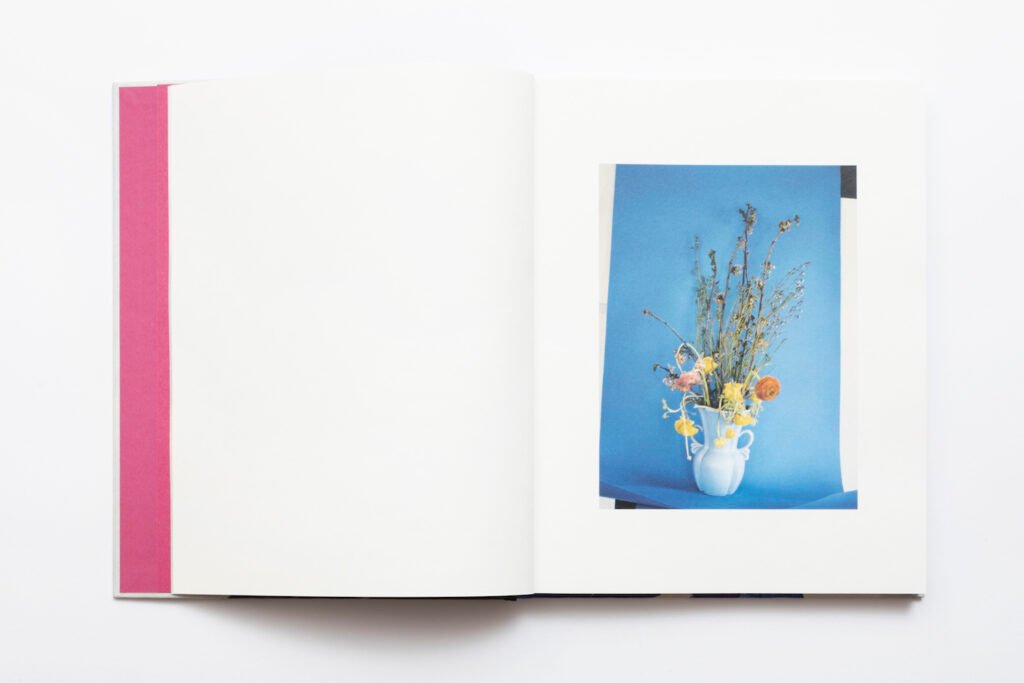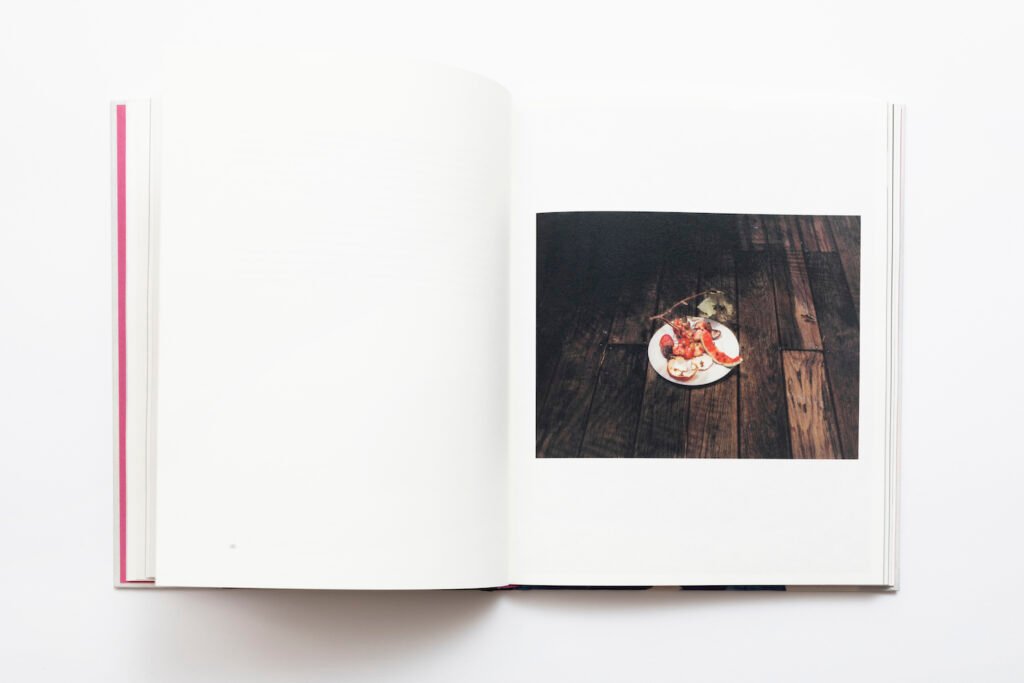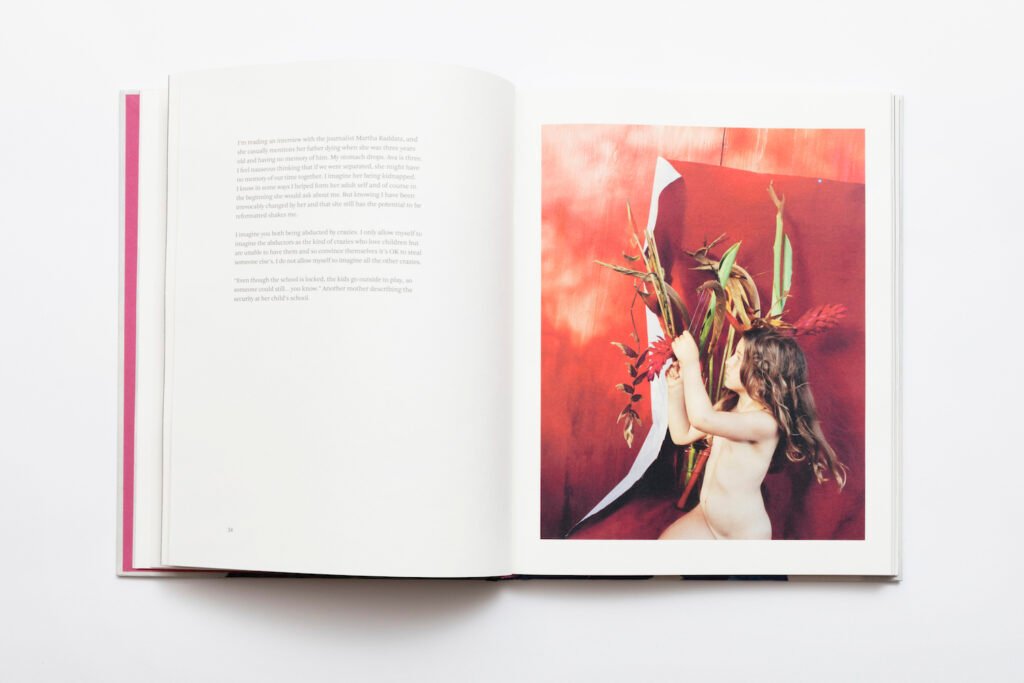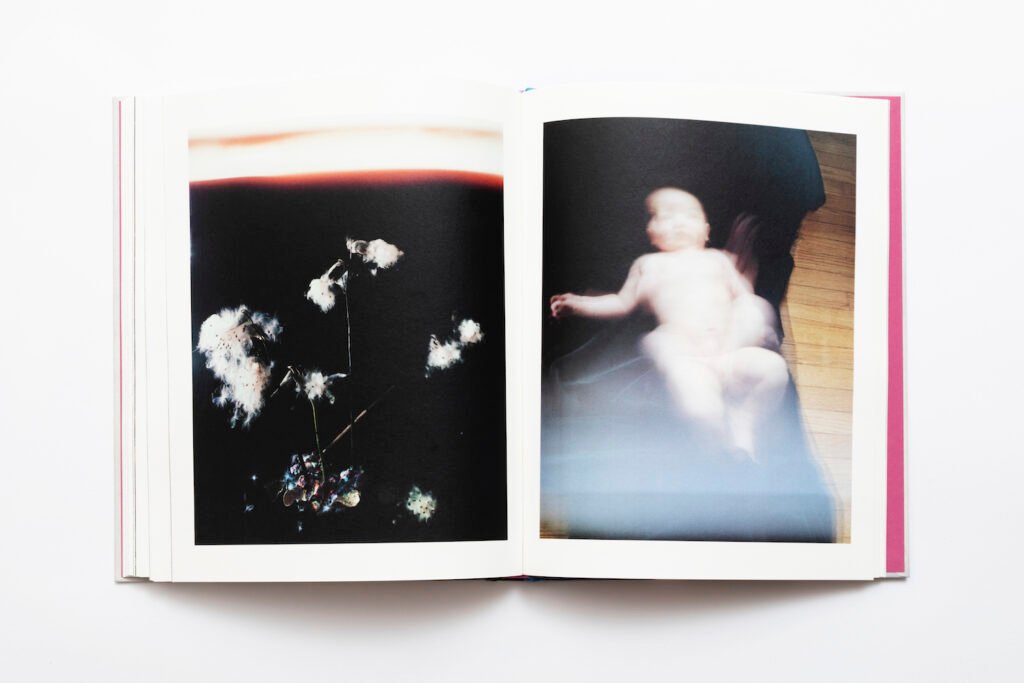“Who Is Changed and Who Is Dead” is Ahndraya Parlato’s diaristic record subsequent to her mother’s suicide and the birth of her children. She combines her own differing styles of photography with found texts from medical journals, poems, songs lingering in her memory, and intimate writings. Starting from the personal experience of loss and the exploration of internal issues and wounds left by her mother, Parlato uses the photographic language to think on the personal and political meaning of motherhood, during the passage from her mother’s death to the birth of her children. Drawing from the 1960s slogan “the personal is the political” followed by “the political is personal”, Parlato tells of the overall complex condition of motherhood, a construction in itself while at the same time the most natural of conditions.
Nature is a prevailing component of the book, a clear mirror of the mortality of humans and the uninterruptible cycle of life. What particularly stands out is the series of six still life depicting ceramic vessels, objects with a high feminine connotation because of women in ancient society being those who brought water to the family and community, and primarily because of their womb-like shape. Spanning from the mythical and collective notion of motherhood to the personal, Parlato’s book addresses her mother without any direct representation of her, contrarily to what many artists have done before. Sophie Calle, for example, tells the story of her mother Monique in “Rachel, Monique” photobook through diary excerpts and snapshots from family albums. Indeed, “Who Is Changed and Who Is Dead” develops through visual metaphors and words to convey a deep, personal reflection on mortality, something which is not visible and so needs a high degree of symbols in order to represent the indiscrete. Images of stillness and flux intermingle, death and life dialogue. From the repetitive opposition of the two states merges what photography is in itself, a “memento mori” and a contradiction in itself although (almost) completely believable and reliable. Parlato’s photographs are stills of the presence of an absence, of what is present but will never stay the same, and of what is beautiful and contemplatable but meant to change too. Distant contemplation is what characterises Parlato’s gaze, which attentively captures the tenderness of her daughter sleeping, the softness of the rays of sun playing between the trees and the intimacy of a horse and its calf. Whether she contemplates death or life and the mutability of matter, what activates her search for those signs is constantly the bereavement of her mother, in an attempt to participate her “mortality, vulnerability, mutability” (Barthes 2000, 14). And her search becomes that of the spectators’ too, because of the universal, unexceptionably human question on death and birth, and the relation between the two which is to witness in the female body. Death gets replaced by life through motherhood. Who is dead lives in whom is still alive and changing over time and a mother is present in the everyday life of her daughters and sons, through the words said and unsaid.
Ahndraya Parlato was born in Kailua, Hawaii. She has a B.A. in photography from Bard College and an MFA from California College of the Arts. Her new book, Who Is Changed and Who Is Dead, is forthcoming from Mack Books in July, 2021. Her first monograph, A Spectacle and Nothing Strange was published by Kehrer Verlag in 2016, and her collaboration with Gregory Halpern, East of the Sun, West of the Moon, was published by Études Books in 2014.

